Within the complex landscape of ancient Judaism, the Sicarii emerge as a radical group known for their fierce opposition to Roman rule and unwavering commitment to preserving Jewish sovereignty. In this post, we delve into the origins, beliefs, and actions of the Sicarii, shedding light on their unique role in the historical narrative of ancient Judaism.
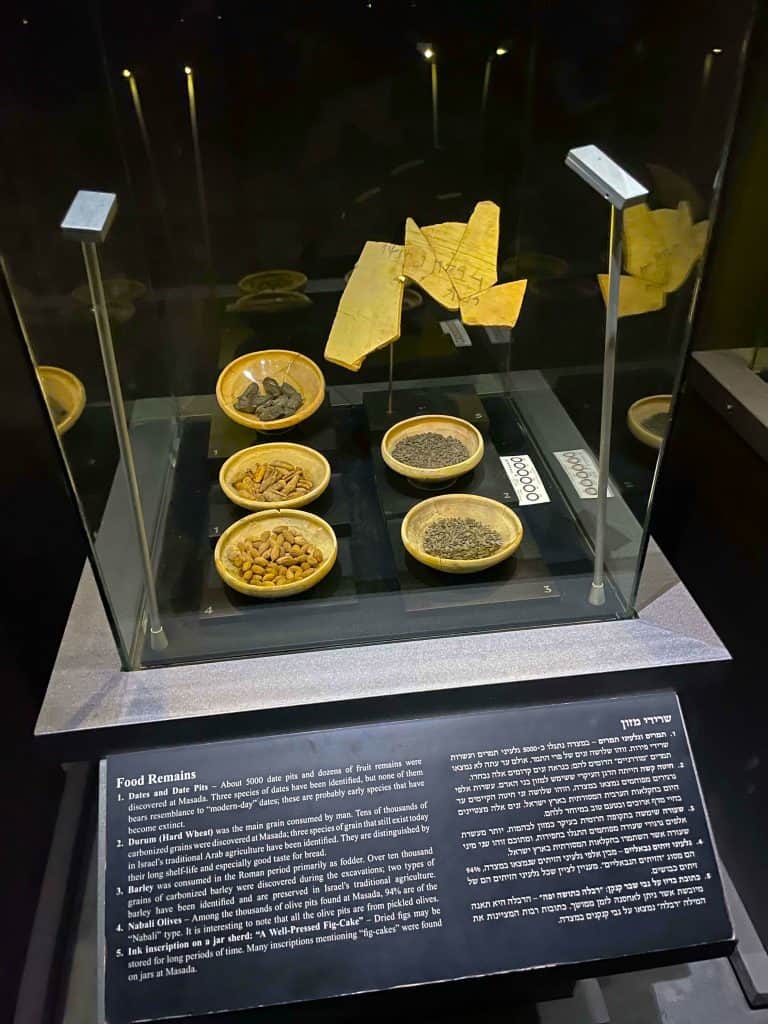
The Sicarii, derived from the Latin word “sicarius” meaning “daggermen,” were a militant faction that operated during the first century CE. They were primarily active in Jerusalem and Judea, and their name alluded to their use of concealed daggers (sicae) to assassinate individuals they perceived as enemies.
Second Temple Jewish Sectarianism
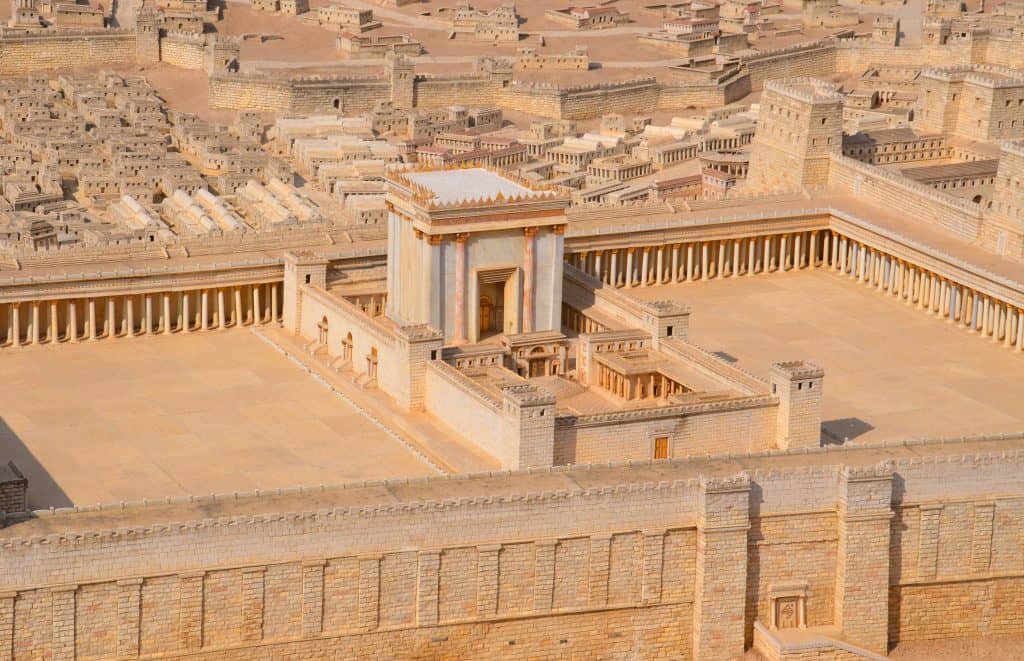
The Sicarii were driven by a zealous commitment to Jewish independence and resistance against Roman occupation. They fervently believed armed rebellion was the only path to liberating the Jewish people from foreign rule. They viewed compromise and cooperation with the Romans as betrayal, advocating for uncompromising loyalty to Jewish law and sovereignty instead.
Masada Museum Tour
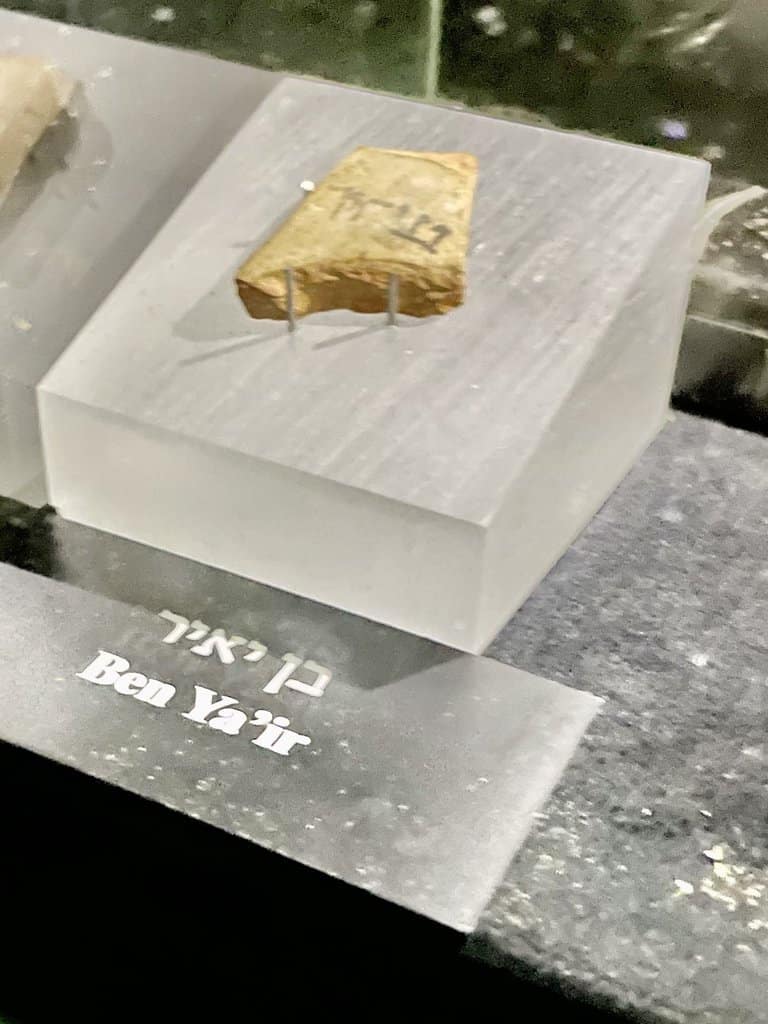
The Sicarii engaged in acts of violence and insurgency against Roman officials, collaborators, and perceived enemies of the Jewish cause. They targeted individuals in public spaces, often blending into crowds and using their concealed weapons to carry out assassinations swiftly. They aimed to create an atmosphere of fear and uncertainty among Roman forces and collaborators, hoping to provoke a widespread uprising against Roman rule.
The Sicarii Famous Events and Leaders
The Sicarii were involved in significant historical events during the first century CE. They played a crucial role in the lead-up to the Jewish Revolt (66-73 CE), which resulted in the eventual destruction of the Second Temple. Notable leaders among the Sicarii included Menahem Ben Judah and Eleazar Ben Yair, who became key figures during the Siege of Masada, the final stronghold against Roman forces.
Masada Ultimate Guide
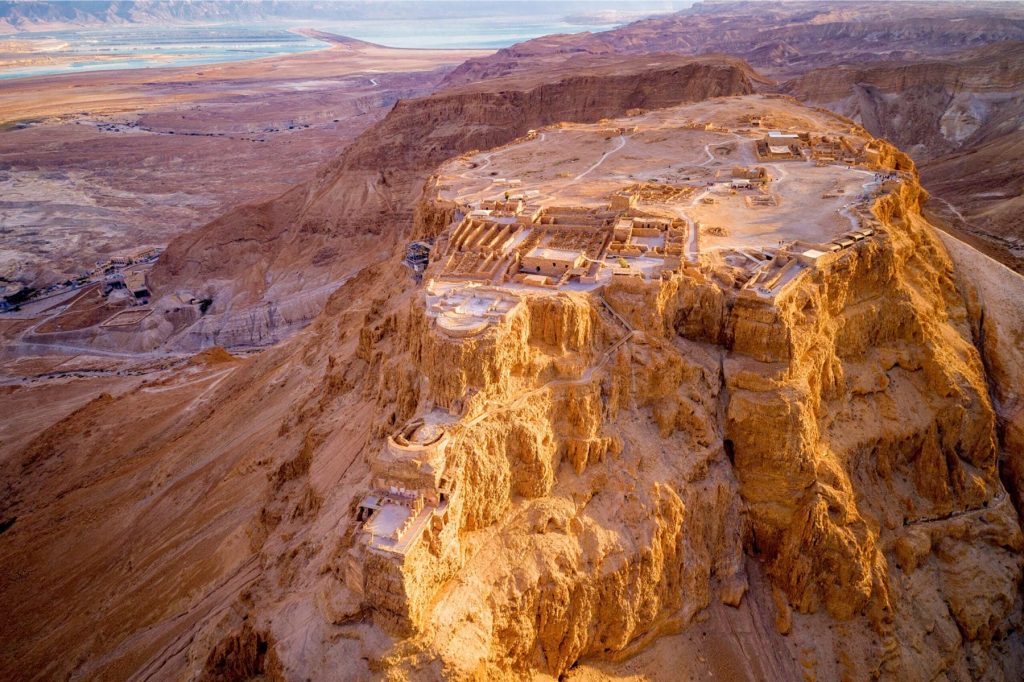
The Sicarii, while relatively small in number, left an indelible mark on the history of ancient Judaism. Their radical actions and unwavering dedication to resistance against Roman rule demonstrated the extreme measures some were willing to take for Jewish independence. While their methods were controversial and often condemned by other Jewish groups, the Sicarii’s fierce determination and refusal to compromise symbolized resistance and martyrdom.
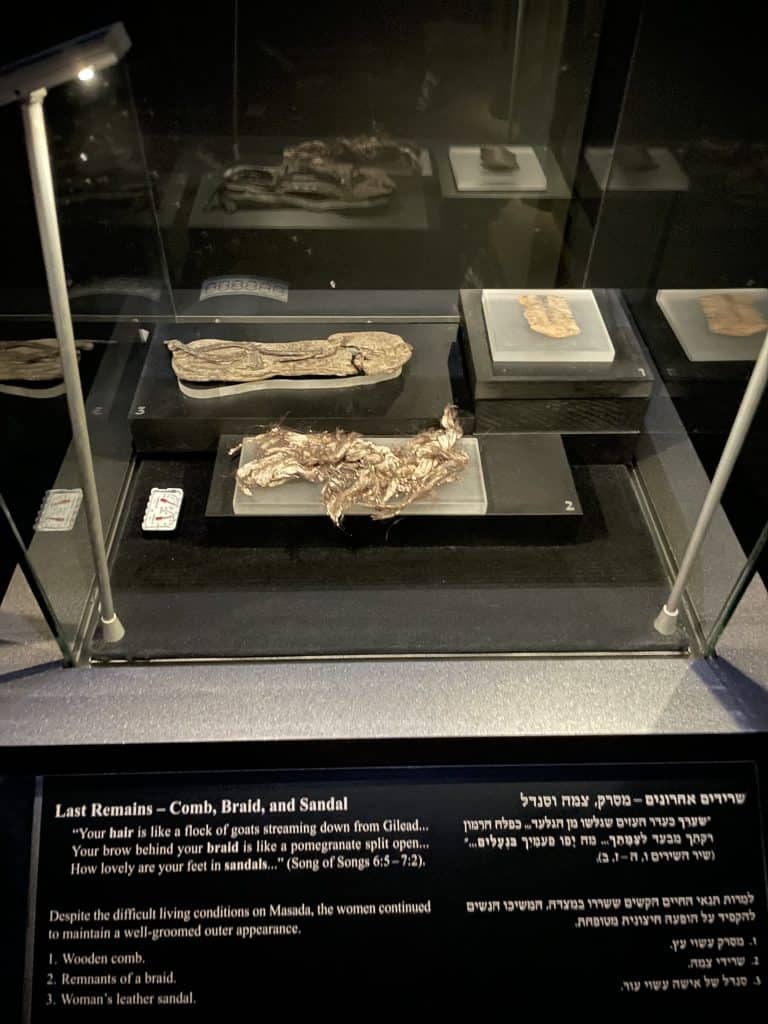
The Sicarii stand as a distinct group within the diverse landscape of ancient Judaism, characterized by their radicalism, militancy, and commitment to Jewish sovereignty. Although their tactics and approach were divisive, their actions highlight the complex historical context and the range of responses to Roman occupation.
Studying the Sicarii provides valuable insights into the diversity of ancient Jewish movements and the struggles faced by Jewish communities during this tumultuous period. While their ultimate goals were not achieved, the Sicarii left a lasting legacy symbolizing resistance and the unwavering spirit of Jewish independence.







